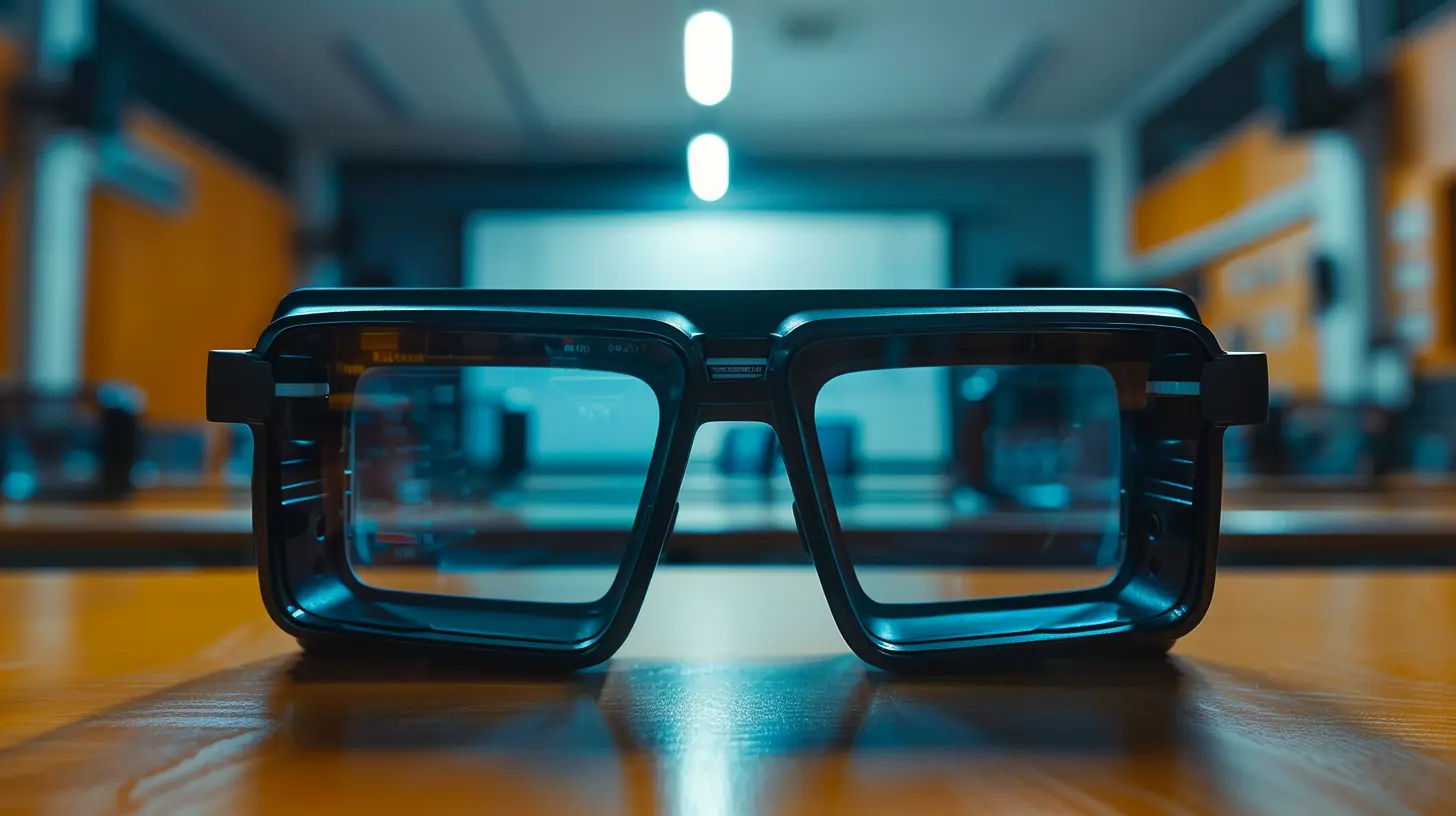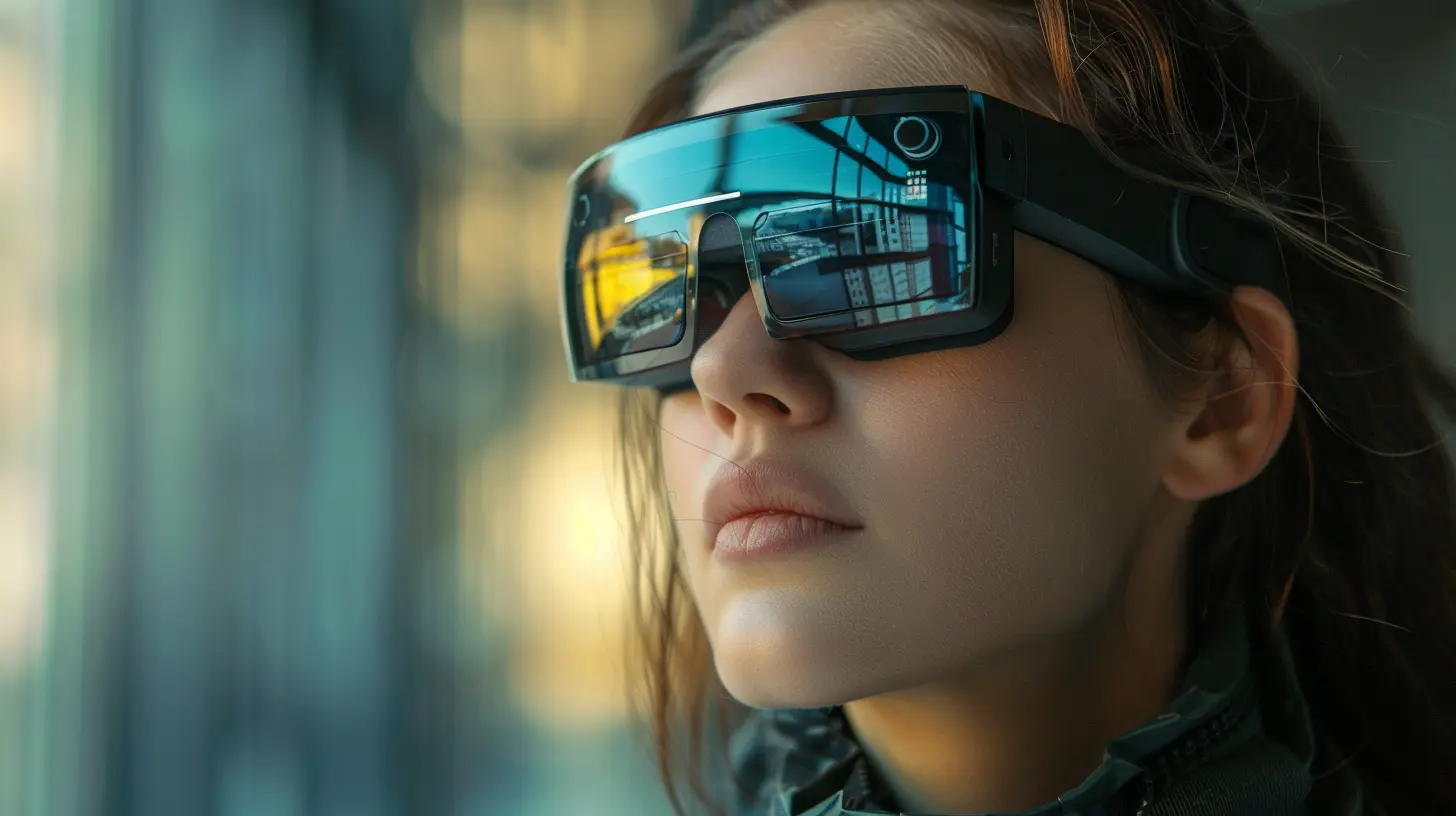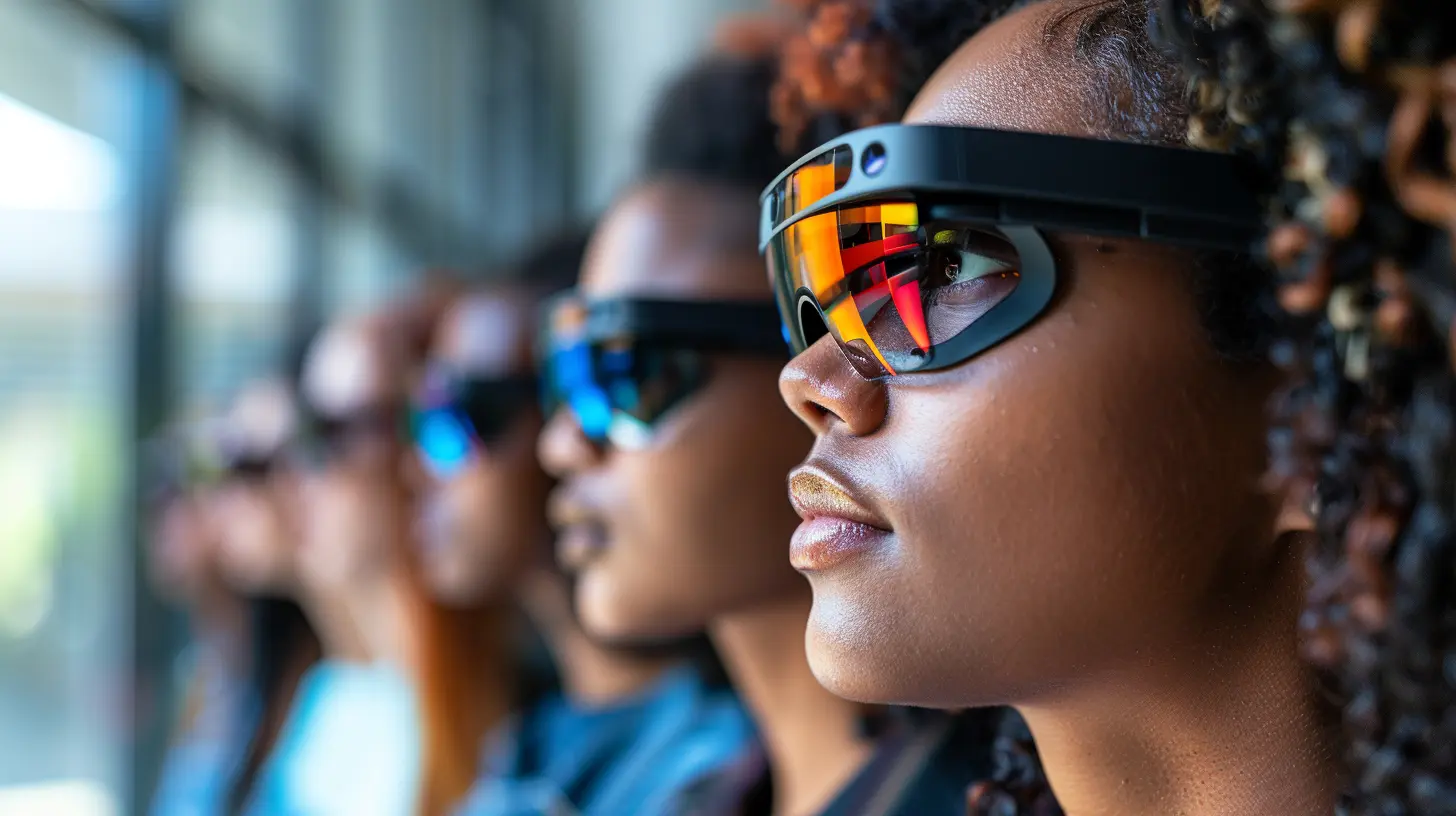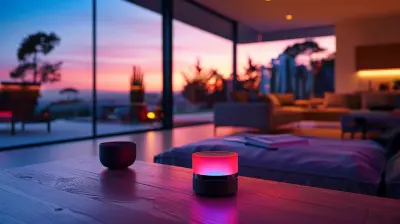How AR Glasses Are Shaping the Future of Education
7 June 2025
Remember when we all thought the future of education would be flying books or holographic teachers? Yeah, we’re not quite there yet—but augmented reality (AR), especially through smart glasses, is bringing us way closer to that sci-fi classroom than we ever imagined.
AR glasses are already making waves in various fields, from gaming to healthcare. But there's one area where they could truly redefine how we live, learn, and interact—with education. Buckle up, because what you're about to read isn’t just cool tech talk—it’s a glimpse into how students will learn tomorrow.
Let’s dive into how AR glasses are shaping the future of education in ways that are revolutionary, fun, and quite frankly, game-changing.
What Exactly Are AR Glasses?
Before we geek out on the educational applications, let’s get our definitions straight.AR (Augmented Reality) glasses are wearable smart devices that overlay digital information—images, animations, data—onto the real world. Unlike VR (virtual reality), which takes you out of your environment and puts you in a totally digital world, AR enhances what’s already in front of you.
So, imagine looking at a historical monument through AR glasses and seeing it reconstructed in its original glory, complete with walking Roman soldiers. Sounds like magic, right?
Why AR Glasses Make Sense in Education
Let’s face it—traditional classrooms haven’t changed much in the past hundred years. Sure, we have smartboards and online classes now, but the core teaching style? Still pretty textbook-driven.AR glasses have the potential to break that mold entirely. Here’s why:
- 📚 They turn passive learning into active exploration.
- 📐 They make abstract concepts feel tangible and real.
- 🧠 They cater to different learning styles—visual, auditory, kinesthetic, you name it.
- 🌍 They add a global layer to learning, without the need for passports.
And the best part? Students can learn at their own pace, in their own way, and with a level of engagement that a chalkboard could never compete with.
Let’s Get Specific: AR in Different Educational Settings
1. AR Glasses in Science Class: Bringing the Invisible to Life
Ever tried to explain how DNA replication works using a 2D diagram? Good luck keeping everyone awake. With AR glasses, students can literally see a double helix spiral apart and replicate right in front of their eyes.Chemistry? Imagine mixing virtual chemicals and watching reactions happen—without worrying about blowing up the lab. Physics? Watch gravity waves ripple through space or simulate the effects of black holes right there in the classroom.
It’s not just theory anymore—it’s an experience.
2. History Lessons Reimagined: Travel Through Time
History gets a bad rap for being boring, but that’s only true when it's just names and dates on a page.With AR glasses, students can walk through ancient Egypt, witness the signing of the Declaration of Independence, or stand by Martin Luther King Jr. during his "I Have a Dream" speech. Instead of memorizing events, they live them.
And let’s be honest—who wouldn’t remember more from an immersive, walk-through history lesson?
3. Language Learning: Practicing in Real-World Contexts
Language apps are great, but what if you could order coffee in Paris—even if you’re sitting in your living room in Ohio?AR glasses can simulate real-life conversations in contextual environments. You get to interact with virtual characters, practice pronunciation, and even navigate scenarios like checking into a hotel, going shopping, or asking for directions—all in your target language.
Now that’s some next-level Duolingo.
4. Geography and Earth Science: Explore the World—Literally
Want to teach tectonic plates? Students can use AR glasses to see the Earth's layers in 3D. Talking about climate change? Watch sea levels rise and fall over decades in minutes.Students can "travel" to the Arctic to observe glaciers melting or stand inside a volcano to get a close-up view of its structure—all without leaving their seat or needing a field trip budget.
Making Complex Subjects Understandable
Let’s be real—some subjects are just… hard. Think calculus, organic chemistry, or quantum mechanics. But instead of slogging through hours of confusing diagrams and equations, students can use AR glasses to visualize these concepts.An equation turns into a moving graph. A molecule rotates as students interact with it. Suddenly, things "click" in ways they never did before.
And for students with learning differences like dyslexia or ADHD? AR glasses can personalize the experience, giving them tools to better understand and stay focused.
Real-Time Feedback and Assessment
Teachers already wear enough hats. Adding “mind reader” to guess who’s following along and who’s lost? That’s a big ask.AR glasses can help here too. Some models come equipped with eye-tracking and engagement metrics. A teacher could know in real-time if a student looks confused or distracted. They can then adjust the lesson or offer targeted support.
Talk about smart teaching.
Collaboration Gets Cooler
Group projects usually mean chaos—confusion, mismatched ideas, and “that one person” who doesn’t contribute. But with AR glasses, collaboration takes on a whole new look.Imagine students working together in real-time on a 3D model of a bridge, engineering it for real-world conditions. Or a biology lab where students assemble the human body system-by-system using holographic organs.
Everyone's on the same (virtual) page, contributing ideas, and yes—even having fun.
Special Education Gets a Boost
One of the most powerful aspects of AR glasses in education is their adaptability. For students with autism, cognitive delays, or physical disabilities, AR can create tailored learning environments that meet them where they are.Need speech therapy? Virtual prompts and interactive faces can guide them. Struggle with motor coordination? AR can assist with hand-eye coordination exercises.
It’s inclusive by design—and that’s a big win for everyone.
Teachers Are Still the Stars—Just with Superpowers
Now, if you’re a teacher reading this and thinking, “Great, now I have to learn how to code holograms,” take a breath. AR glasses aren’t here to replace you.They’re here to supercharge what you do.
With the right training and tools, teachers can integrate AR lessons into their curriculum without becoming tech wizards. Many platforms are already offering user-friendly interfaces that make lesson creation as simple as dragging and dropping content.
So instead of fighting for students’ attention, you gain it—instantly.
Affordability and Accessibility: Are We There Yet?
Okay, here’s the big question: Can schools actually afford this?Like most new tech, AR glasses were expensive when they first hit the scene. But prices are coming down fast, especially with big-name companies like Microsoft, Apple, and Snap jumping on board.
Plus, the long-term savings? Huge. Less need for physical materials, safer virtual experiments, and fewer field trips (as much as we all love them). Not to mention the reduction in paper use and textbook costs.
Governments and educational nonprofits are also stepping up to provide grants and funding for AR initiatives. So, it’s not just for elite schools anymore.
Privacy and Ethical Considerations
With great technology comes great responsibility (yep, we just went Spider-Man on you).Using AR glasses in classrooms means collecting data—lots of it. Eye movement, engagement levels, even facial expressions. Schools and developers need to ensure that student privacy is protected and that data is used ethically.
Clear policies, strong encryption, and full transparency are a must. The goal is to enhance education, not surveil it.
What’s Next? The Future Looks Bright (and Augmented)
AR glasses in education are just getting started. Already, pilot programs in schools around the world are showing promising results: higher engagement, better retention, and more enthusiasm for even the toughest subjects.Down the line, we could see AR becoming as common as calculators or tablets in the classroom. Imagine AI teachers paired with AR delivering personalized lessons, or glasses that translate content in real-time for multilingual students.
Exciting? Absolutely.
Final Thought: It’s Not About the Tech—It’s About the Experience
At the end of the day, AR glasses are just a tool. A really, really cool one—but still a tool.What makes them powerful is how they’re used. Education has always been about lighting a spark. AR glasses just offer a new match.
So whether it’s a first-grader exploring the solar system or a med student practicing a virtual surgery, one thing’s for sure:
The classroom of the future is here—and you’ll need glasses to see it.
all images in this post were generated using AI tools
Category:
Ar GlassesAuthor:

Jerry Graham
Discussion
rate this article
3 comments
Roman Fuller
Exciting times ahead! AR glasses could turn learning into an adventure. Can’t wait to see students spark their creativity!
June 19, 2025 at 11:51 AM

Jerry Graham
Absolutely! AR glasses will revolutionize education, making learning interactive and inspiring creativity in students like never before. Exciting times indeed!
Juliet Coleman
Great insights on the potential of AR glasses in education! It's fascinating to see how technology can enhance learning experiences and engage students in innovative ways.
June 13, 2025 at 3:59 AM

Jerry Graham
Thank you! I'm glad you found the insights valuable. AR glasses truly have the potential to transform learning experiences!
Ryder Bennett
Great insights! AR glasses have so much potential to make learning interactive and engaging. Excited to see how schools adopt this technology!
June 9, 2025 at 4:08 AM

Jerry Graham
Thank you! I completely agree—AR glasses can transform learning experiences in incredible ways. Exciting times ahead!



